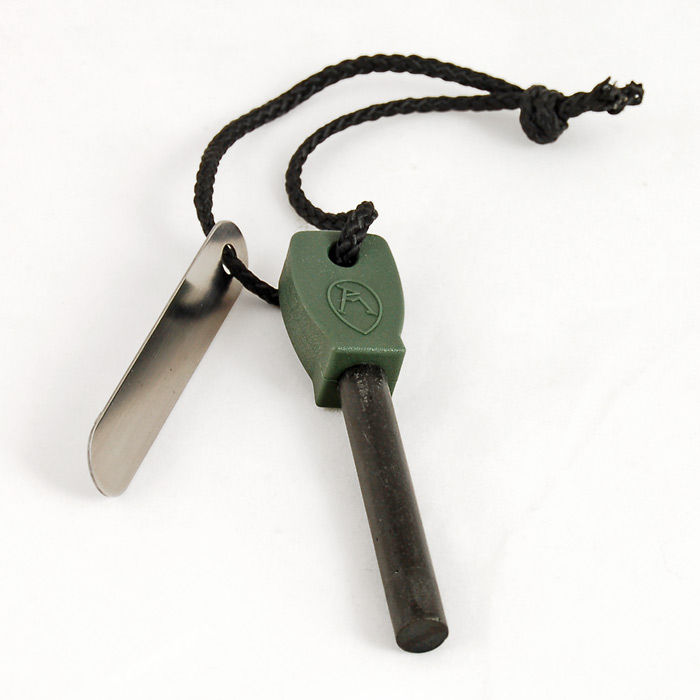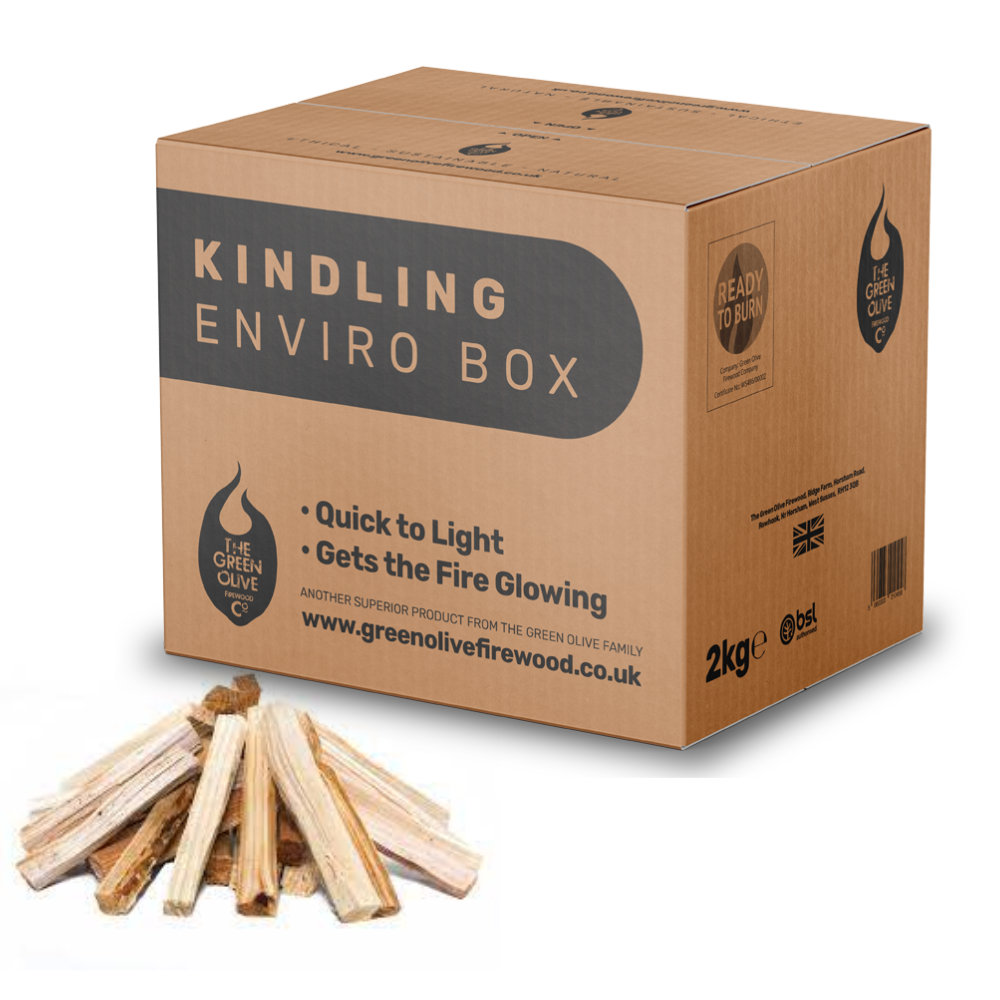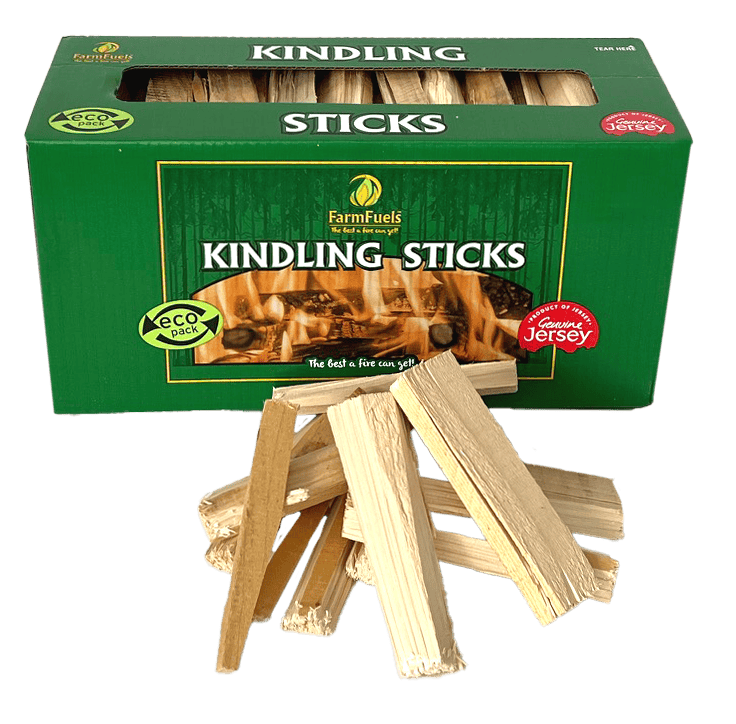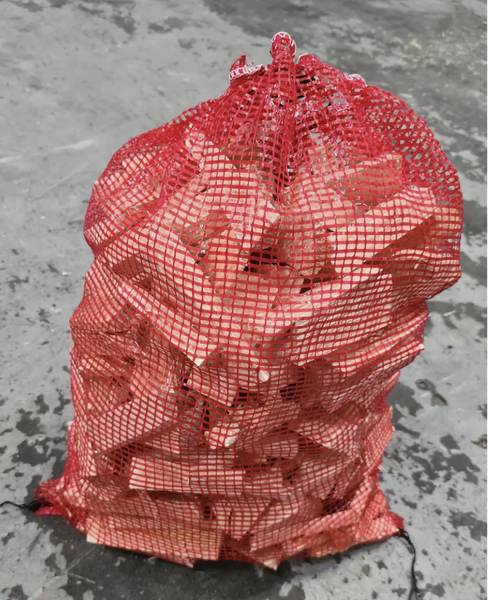firewood sticks
AMOS Premium Kiln Dried Natural Kindling Approx. 4 x 3Kg Dry Clean 100% Sustainable Wood Sticks for Fire Starting Open Fires Stoves Camping Pizza Ovens Firepits
Showing 1–36 of 63 results
“Firewood sticks” isn’t a standard term, but based on the individual words, it sounds like you’re referring to small pieces or sticks of wood that are used to start or fuel a fire. Depending on the context, this might refer to:
Kindling: This is small, dry wood or other easily ignitable materials used to start a fire. Kindling is typically used after the tinder (very fine, easily ignitable material) has caught fire and before adding larger logs. The primary purpose of kindling is to bridge the gap between the tinder and the main fuel source, ensuring a steady and strong flame.
Fire Starters: These can be commercial products designed to help start fires. They may look like sticks impregnated with a flammable substance. When ignited, they burn for a longer duration than typical kindling, assisting in lighting more substantial firewood.
Firewood: This refers to logs or chunks of wood used as the primary fuel source for a fire. They are usually larger and are added once the fire is well-established.
Kindling
Kindling is a crucial component in the process of building and starting a fire, whether it’s in a fireplace, wood stove, campfire, or elsewhere. Here’s what you need to know:
1. **Purpose**:
– Kindling serves as the intermediary between the tinder (very fine, easily ignitable material) and the larger logs or main fuel source.
– Once the tinder has caught fire, kindling helps amplify the flame to a size and heat level that can ignite bigger, denser firewood.
2. **Characteristics**:
– **Size**: Kindling sticks are typically small and thin. They can range from the thickness of a pencil to about the thickness of a thumb.
– **Dryness**: For kindling to be effective, it needs to be dry. Wet or green (unseasoned) wood has moisture that hinders its ability to catch fire easily.
– **Material**: While many types of wood can be used as kindling, softwoods like pine, cedar, and fir tend to be preferred because they ignite more easily due to their resin content.
3. **How to Use**:
– Start with placing tinder, such as paper, dry leaves, or fire starters, at the base.
– Place kindling over the tinder in a crisscross or teepee pattern, ensuring there’s enough airflow.
– Once the tinder is lit and the kindling catches fire, and the flames are steady and robust, larger logs can be added to the fire.
4. **Preparation**:
– If you’re preparing your own kindling, using a hatchet or small axe can be effective. Split larger logs into small, thin sticks.
– It’s advisable to store kindling in a dry place, protected from rain and moisture, to ensure it remains effective when needed.
In essence, kindling plays a pivotal role in successfully starting a fire, bridging the gap between the initial small flames from the tinder and the roaring fire fueled by larger logs.




































